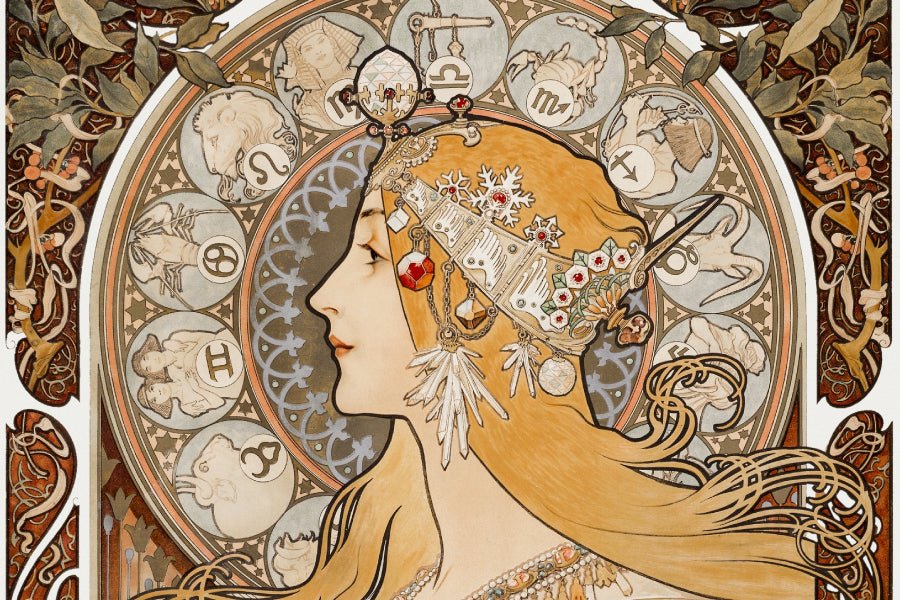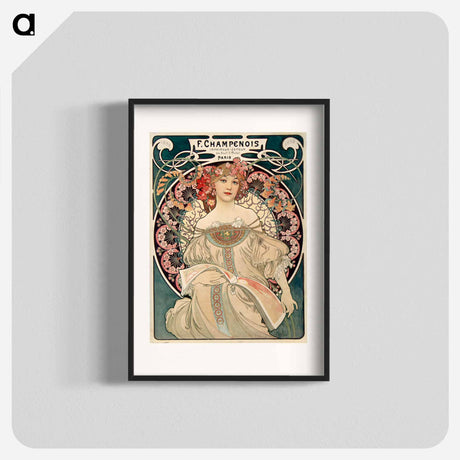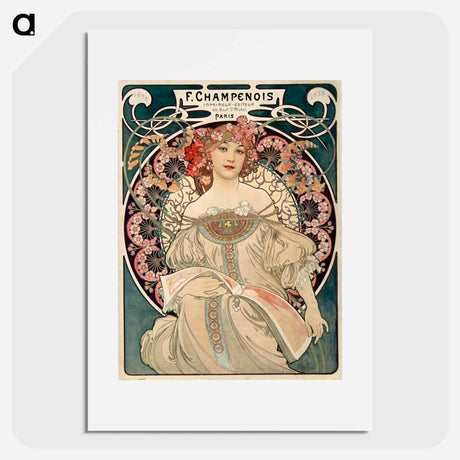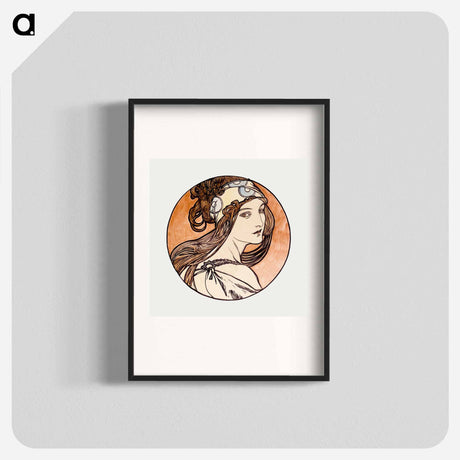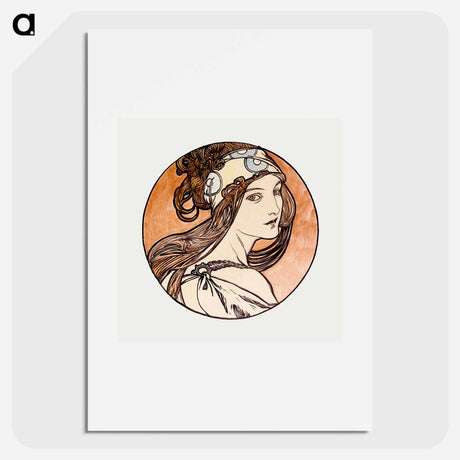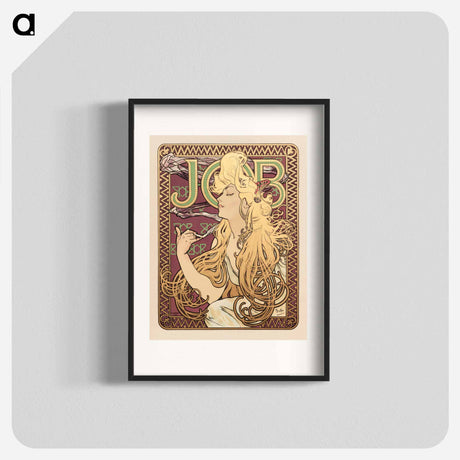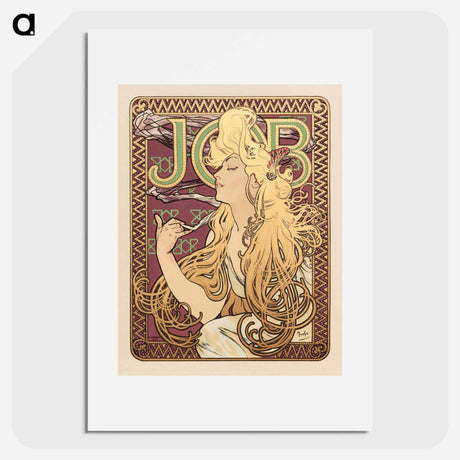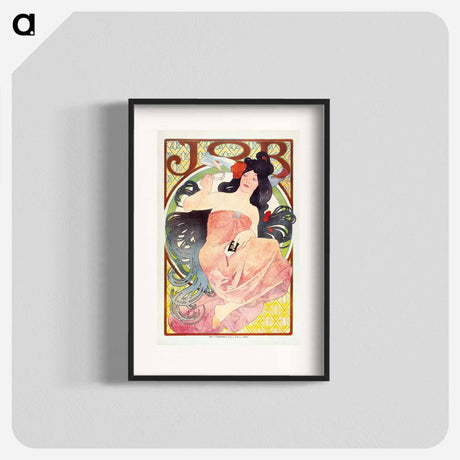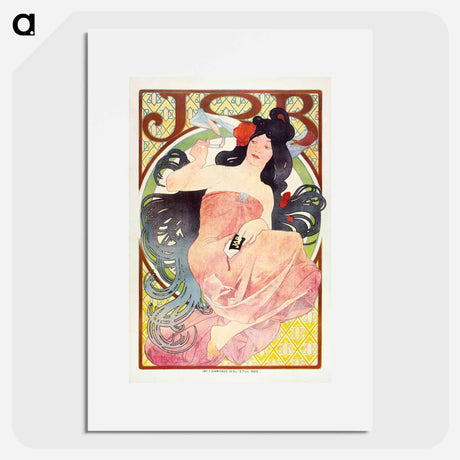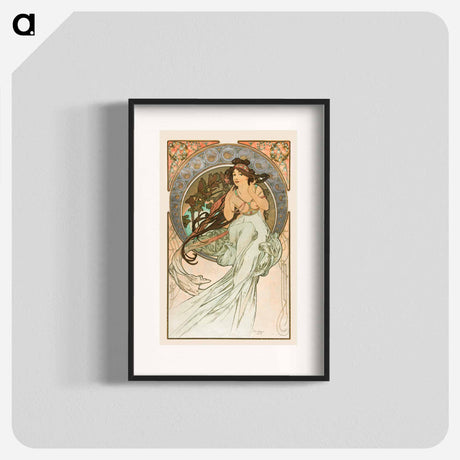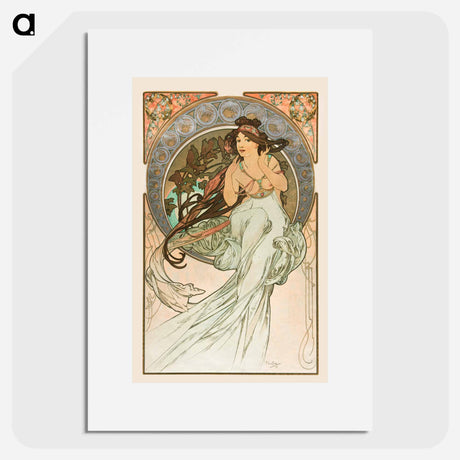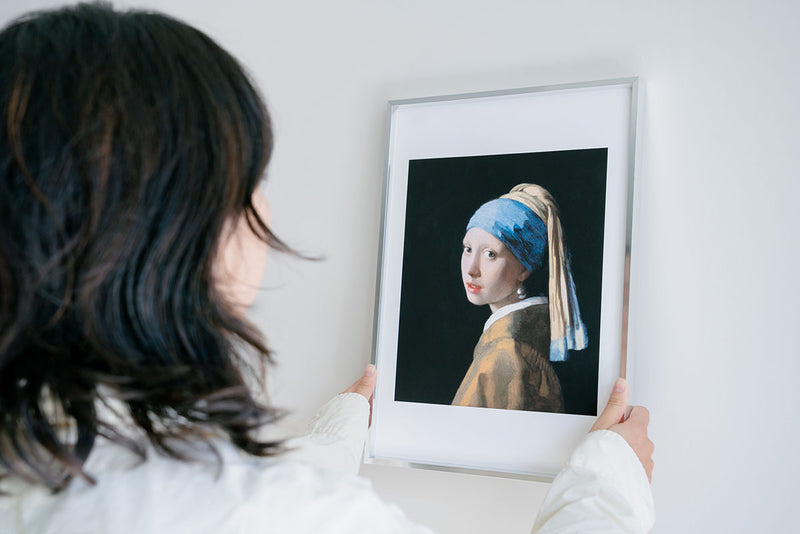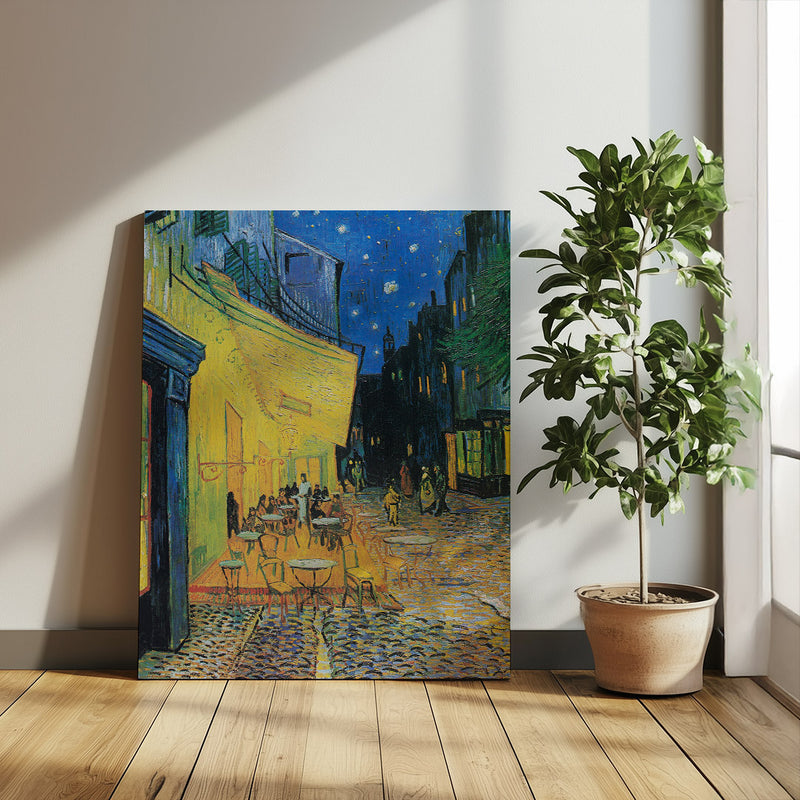Alfons Mucha ( July 24, 1860 - July 14, 1939) was a Czech painter and graphic designer active from the late 19th century to the early 20th century . Known as a representative artist of the Art Nouveau
Alfons Mucha ( July 24, 1860 - July 14, 1939) was a Czech painter and graphic designer active from the late 19th century to the early 20th century . Known as a representative artist of the Art Nouveau style, characterized by decorative, flowing curves and plant motifs, he was active in a wide range of fields, including posters, decorative panels, illustrations , jewelry, and stage art .
Alphonse Mucha Biography
-
Born on July 24, 1860 in Ivančice, Czech Republic (then Moravia, part of the Austrian Empire).
-
In 1879, he moved to Vienna, where he worked as an apprentice to a stage scenery painter while studying painting at night school.
-
In 1885, he entered the Munich Academy of Fine Arts.
-
In 1887, he moved to Paris and studied at the Academie Julian.
-
In 1894, a poster for the play "Gismonda" starring the actress Sarah Bernhardt became a huge hit and brought her instant fame.
-
At the 1900 Paris Universal Exhibition, he was in charge of decorating the Bosnia and Herzegovina Pavilion, which won the Grand Prix.
-
In 1910, he returned to his native Czech Republic, and in his later years he devoted himself to the creation of the Slavic epic.
-
Died on July 14, 1939, during the Nazi occupation of Czechoslovakia (aged 78)
Masterpiece
- Poster for "Gismonda" (1894)
- Zodiac (1896)
- The Seasons (1896)
- Feathers (1899)
- The Slav Epic (1910-1928)
Mucha achieved great success as a poster artist and made a major contribution to the worldwide popularity of the Art Nouveau style. His works are characterized by graceful female figures, gorgeous decorations, and plant motifs, and he demonstrated his talent in a wide range of fields, including posters, calendars, decorative panels, book illustrations, jewelry, and stage art .
In particular, the poster for the play "Gismonda," starring Sarah Bernhardt, is one of Mucha's masterpieces and is highly regarded as a symbol of the Art Nouveau style.
Mucha worked beyond the boundaries between commercial art and fine art, and his works continue to be loved by many people across the ages.


